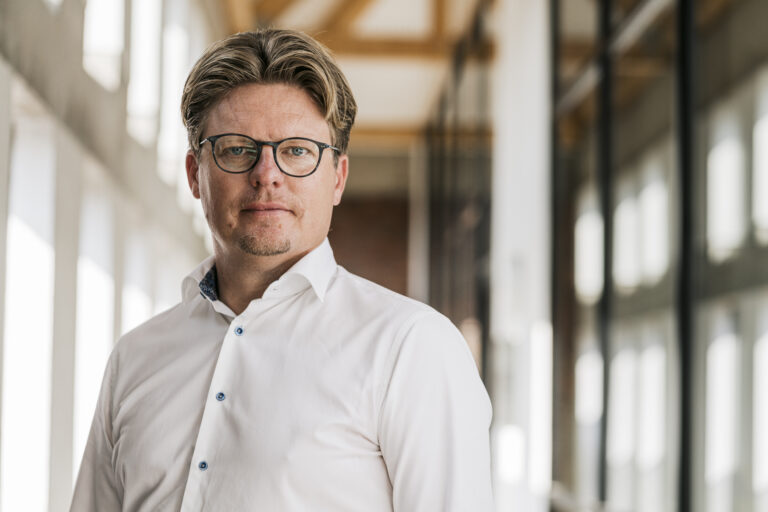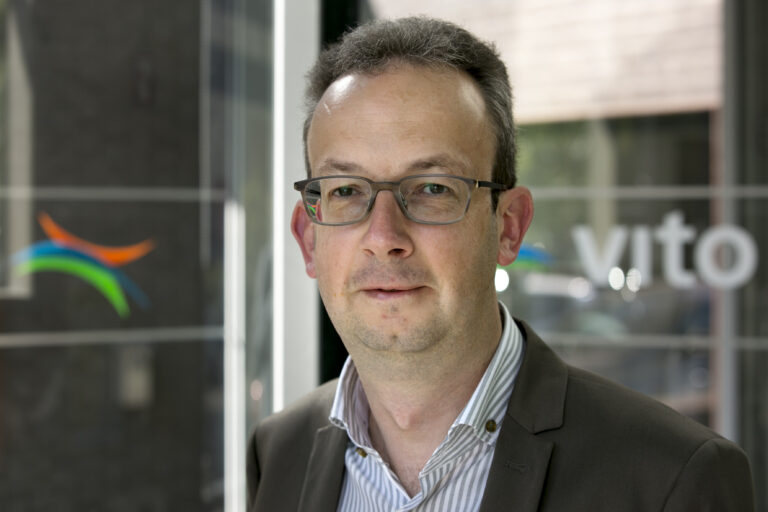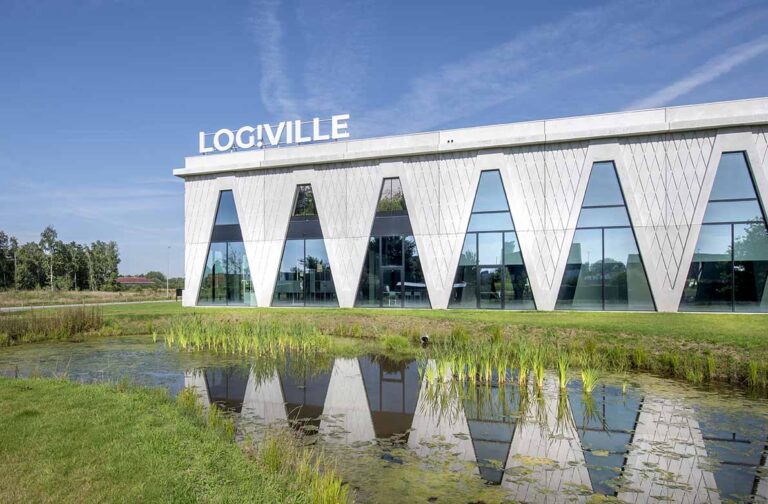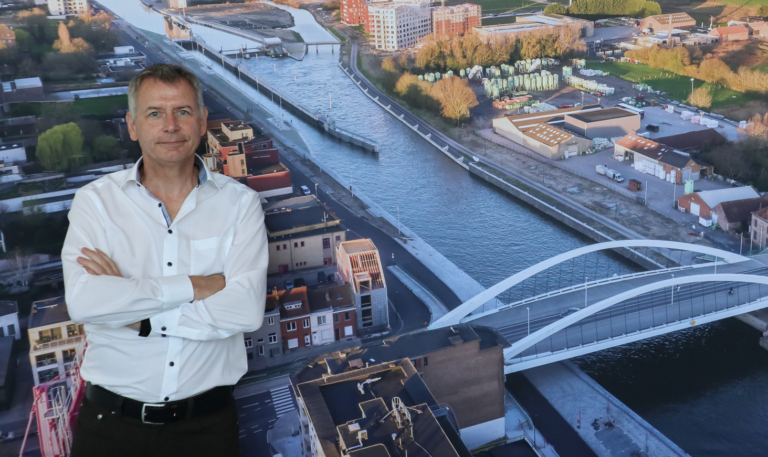The logistics sector scores poorly on safety, but new technology can help
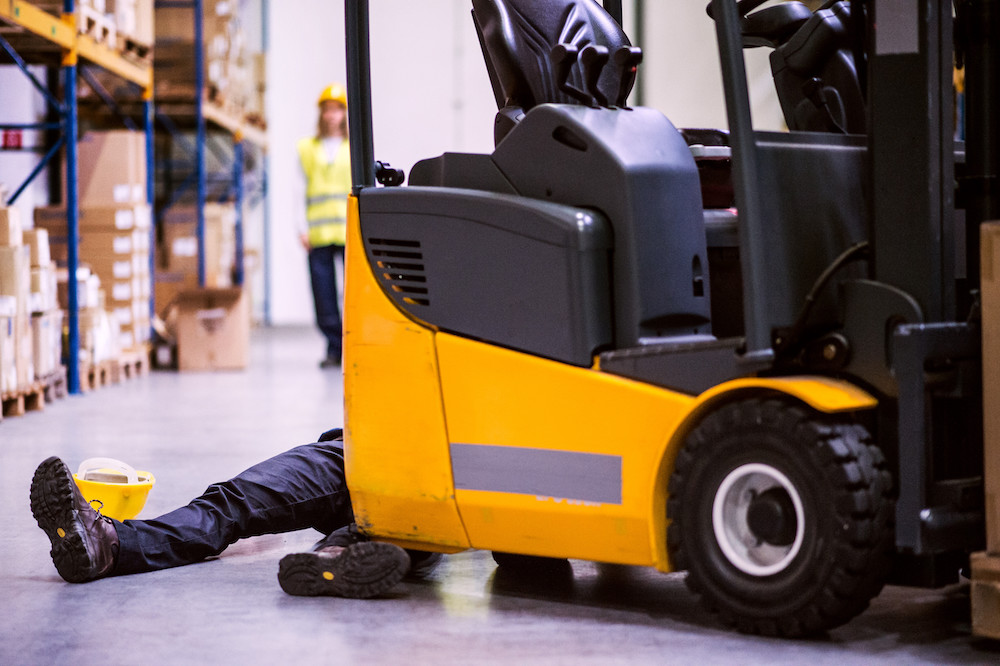
The logistics sector has a prominent feature in the top ten sectors with the most fatal accidents. While other sectors such as construction have seen a downward trend, the logistics sector continues to struggle with excessively high figures. That means there is still a lot of work to be done to reduce the number of accidents through training and preventive measures potentially playing a part, as well as new technological solutions. This is evident from the conclusions of the VIL Safe Warehouses project.
The number of accidents in logistics working environments remains excessively high. Figures from FEDRIS, the federal occupational risk agency, show that within the ‘Warehousing and transport support activities’ sector (NACE 52) there are almost 5,000 accidents every year, more than half of which result in temporary work disabilities. Approximately 500 resulted in permanent disability and 3-4 accidents per year had a fatal outcome.
We also learn from FEDRIS figures that entrapment, tripping, falling loads, and accidents involving internal transport equipment are the most common risks inside warehouses. Among accidents resulting in death or permanent disability, the six main causes are explosions, slips or trips, falls (from height), uncontrolled or incorrect movements, lifting or carrying, and loss of control of a vehicle.
Approximately 6% of all serious accidents in Belgium (in logistics) involve forklifts. That sounds low, but it is not: it is estimated that as many as 11% of all forklifts are involved in an accident annually. This means that every company with a fleet of more than 10 forklifts has at least one accident every year.
The risk of serious accidents involving forklifts is, therefore, particularly high. This is also evident from a survey of participating companies in the Safe Warehouses project: to the question “Within your company, who is most likely to cause accidents at work?”, the answer was: 50% a worker in the warehouse and as many as 43% a forklift driver (and 7% a truck driver).
Scarcity of experience is an important cause
The speed on logistics sites and the many physical operations, combined with handling all kinds of equipment, are a challenge to create a safe working environment. Experience also plays an important role: serious workplace accidents occur in more than 70% of cases among employees who have been employed for less than five years. Half of these accidents happen even during the first year of employment.
Therefore, it is not surprising that temporary workers are involved in above-average numbers of accidents in the logistics sector. In 2021, for instance, the Dutch Labour Inspectorate found that 26% of victims belonged to this group, whereas the average for all sectors combined is 17%. Lack of experience, knowledge and skills are thus major causes of serious accidents.
High cost of accidents
Industrial accidents and loss of time cost logistics organisations significant amounts of money. The indirect costs should, therefore, not be overlooked. During the presentation of the project results, an expert from AG Insurance stressed that the average cost of an accident is underestimated by many companies. “After all, the direct costs are covered by the insurer, but the indirect ones are not. And those indirect costs – shutdown of operations, inspection by the labour inspectorate, administration, replacement and training of a new operator, and so on – are three to seven times higher than the direct costs,” Gunther Storme explained, who led the VIL Safe Warehouses project.
Technology helps
With this project, VIL aimed to make warehouses a safer workplace by providing new technological solutions that address the most common safety risks. The results were presented at the end of last year.
First, a market study was conducted on the existing solutions, their advantages and disadvantages and the reasons why some of them are scarcely used. In the process, these technological solutions were divided into nine categories: automation, awareness, collision prevention, flow management, handling support, dynamic signalling, wearables, person detection, and speed reduction.
Of these subjects, three were subjected to field tests at Delhaize, Mainfreight and Molenbergnatie: person detection, dynamic signalling in the warehouse and safety-enhancing wearables. This included several months of testing.
The field tests proved that both safety and the feeling of safety are largely enhanced by the deployment of technological solutions. They also showed that the price tag cannot be an excuse to put off this investment: depending on the preferred system, the cost price varies from hundreds to 10,000s of euros. Especially if indirect costs are also taken into account, the investment therefore pays off.
“A ‘one size fits all’ solution does not exist. Often, companies will have to opt for a combination of both technical and non-technical solutions, such as applying road markings, creating circulation plans or focusing on awareness through signs and posters,” says Gunther Storme
VIL members can download the ‘Safe Warehouses’ report via the VIL library (MyVIL).
VIL Safe Warehouse app
VIL compiled the findings of the Safe Warehouse project into an online app that compares the pros and cons of these technologies in a clear way. This app helps companies choose the right solutions within the nine categories mentioned earlier. The range of possibilities is thus very broad.
The ‘Safe Warehouse kit’ is an open tool (also for non-VIL members). You would need to register in order to find all information here: safe-warehouse.vil.be
Thematic tours Log!Ville
Log!Ville also wants to contribute to improving safety in logistics, with thematic tours in May and June entitled “Safety and ergonomics: A must in warehouses!”. Such a tour focuses solely on this theme, with a keynote on safety issues in logistics by insurer AG Insurance and explanations of 11 technological solutions from ExoVibe, ART4L, BlooLoc, Goossaert, M-Protect, Rombit, Siemens, Alphaplan, Essensium and idewe. Following this, there will be interesting demonstrations to complete the inspiration.
These tours can be booked individually or, for your team or clients, in groups (min. 10 people). Click here for more information or to book.
This tour has already been completed, take a look at our following thematic tour:
